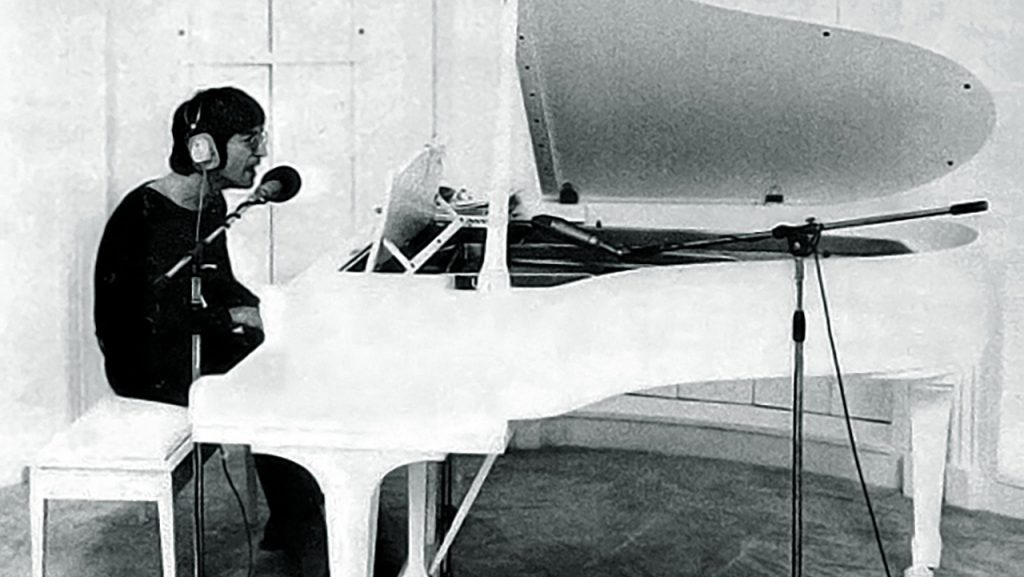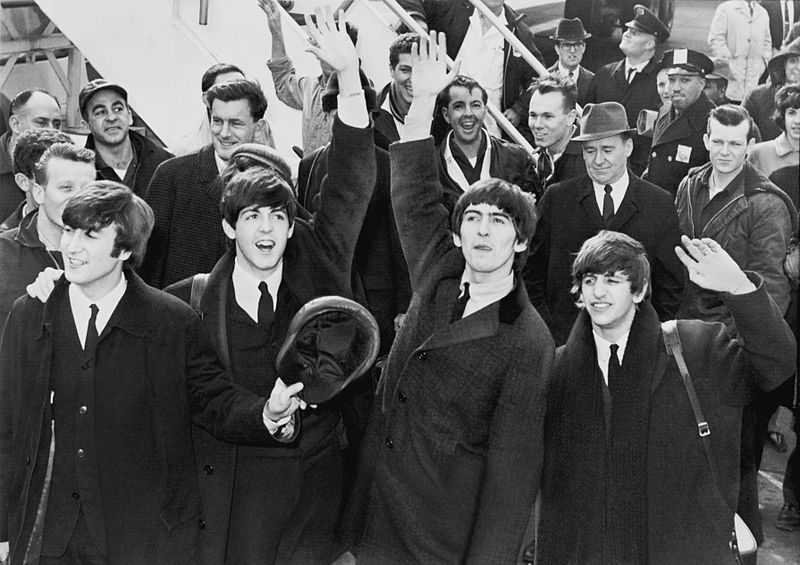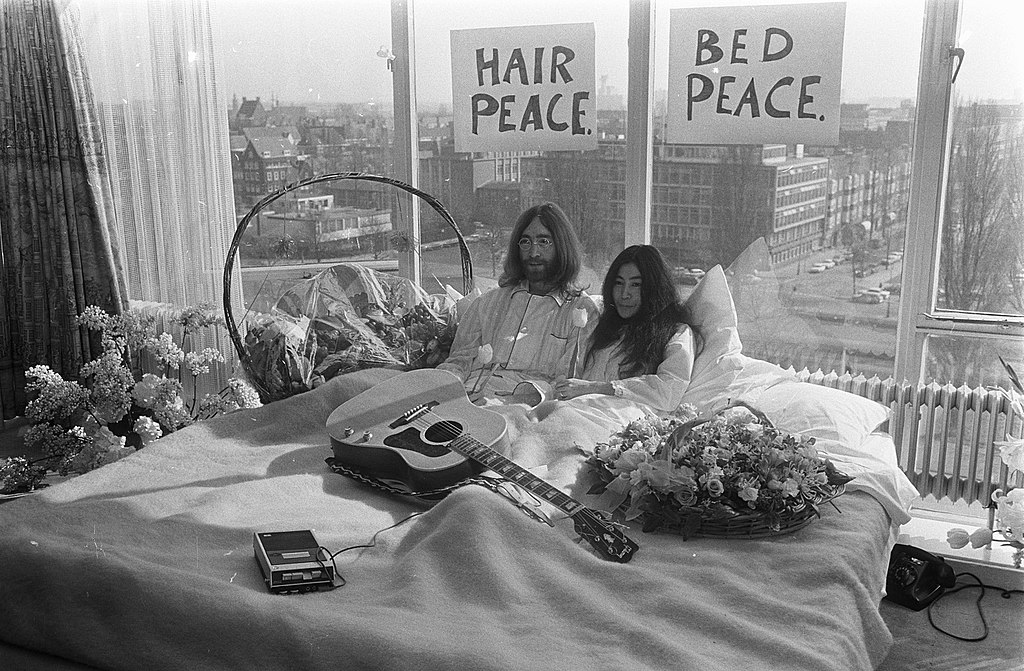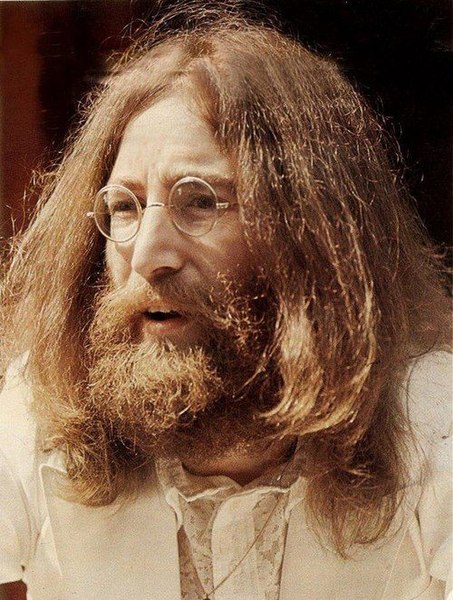Remembering John Lennon: Musician, Artist, and Advocate
John Lennon, who would have turned 80 this year, leaves behind an unparalleled musical and cultural legacy. Ann Delisi remembers him in this three-part tribute.

John Lennon would have turned 80 years old this year, and December 8th marks 40 years since he was shot outside of the Dakota.
The world mourned when his life was cut tragically short, just as he found contentment in his personal life and a renewed excitement about his work.
He left behind some of the most enduring music ever recorded and was an advocate for peace and love.
WDET’s Ann Delisi hosted a three-part tribute to Lennon, celebrating his enduring creative spirit and his too-brief life.
Click to jump to a specific section:
Part 1: Beatlemania Takes Hold
Part 2: The Rise and Fall of the Beatles
Part 3: A Life Cut Short
Part 1: Beatlemania Takes Hold
- John’s childhood and young adulthood
- Meeting Paul McCartney
- Beatlemania takes the world by storm
- Backlash regarding John’s assessment of Jesus and the Beatles
John Lennon had a tumultuous childhood and was essentially raised by his aunt in uncle, though his father, mother and her four sisters continued to be a presence in his life. Lennon cites having these five women in his life as his introduction to feminism.
While his mother wasn’t his primary caregiver, she was the person who inspired his lifelong musical passion, introducing him to rock and roll by playing Elvis Presley records and buying him his first guitar when he was 14. Two years after that, she was struck by a car and killed.
Shortly after he received the guitar from his mother, he formed a skiffle band called The Quarrymen. They played a now-famous set at a Liverpool church in July 1957, when John was just 16 years old. In the crowd, was another skiffle enthusiast: Paul McCartney. The two met after the performance and, later that year, McCartney would become a member of The Quarrymen, setting in motion the future of The Beatles. They were joined by then-14-year-old George Harrison and later, by Ringo Starr.
The Beatles’ popularity grew at home and abroad, inspiring worldwide “Beatlemania.” “It was like being in the eye of a hurricane,” said Lennon. “We never thought about it too much because it was an ongoing thing. It was happening to us and it was hard to see. We were just in the middle, being ushered from room to room.”
The group’s sudden ascension to fame was not without hiccups. As the most outspoken member of the Beatles, in 1966, John Lennon famously said “Christianity will go. It will vanish and shrink. We’re more popular than Jesus now,” sparking backlash in the U.S. and threats against John Lennon and the Beatles that contributed to their decision to stop touring. By this time, they had released seven albums in three years, with their 1966 album “Revolver” foreshadowing a change in direction and the sound that would come next.
Part II: The Rise and Fall of the Beatles
- Paul and John’s prolific songwriting partnership
- History of “A Day in the Life”
- John and Yoko’s inseparable relationship
- The decline and ultimate breakup of the Beatles
John Lennon and Paul McCartney had an incredibly prolific songwriting partnership, co-writing 180 songs. The duo created songs differently than music other songwriting teams because they both wrote lyrics and music.
1967 was a pivotal year for John Lennon, not only musically, but personally. He met his future second wife and collaborator Yoko Ono, beginning one of the most high-profile couples in the world.
A year later, the Beatles’ longtime manager Brian Epstein passed away; he had been critical to the Beatles’ success and managing their business affairs. The group became much more involved in the business operations of the band and formed the company Apple Corps.
With the challenges of managing their business affairs and new label, Yoko Ono’s presence in the studio while they recorded, and their increased drug use, tensions were rising in the band.
John and Yoko got married in 1969 and began producing music together. Over the course of the next few months, his creative focus deviated even further from the Beatles, and the band became increasingly fractured, which resulted in him leaving the band in September of 1969.
At the time, he opted not to make the departure public, since the band was renegotiating their record contract. Months later, however, Paul McCartney beat him to the punch, not only making a public statement about his departure, but releasing a solo album at the same time.
Part III: A Life Cut Short
- John’s battle for permanent residency in the U.S.
- Supporting Detroit photographer John Sinclair at a rally in Ann Arbor
- Stepping back from music for fatherhood
- An untimely demise
John and Yoko moved to New York in 1971, where their outspoken political views put them in the sights of the Nixon administration that tried for years to get Lennon deported based on a 1968 misdemeanor cannabis conviction in London. The legal battles meant he was in the U.S., but not with the permanent status that he desperately wanted.
Nixon’s attention was ultimately diverted from Lennon as he dealt with his own problem: Watergate. Nixon’s successor, Gerald Ford, and his administration did not continue the battle against Lennon and the following year, he got his green card and permanent residency in the U.S.
In 1973, John and Yoko separated for a year and a half. During that time, Lennon contributed to songs with Ringo Starr, Mick Jagger, Elton John, and David Bowie, who’s track “Fame” became Bowie’s first number-one single in the U.S.
John and Yoko eventually reunited and on Lennon’s 35th birthday, his son Sean was born and John decided to step away from the music business for a few years to be a father.
When he returned to the music scene, he and Yoko released the album “Double Fantasy,” in which John and Yoko’s songs would alternate. The double album was released in November of 1980. Three weeks later, on December 8th, John and Yoko were leaving their home, the Dakota, to head to a recording session. John autographed a copy of “Double Fantasy” for Mark David Chapman, who was carrying a copy of “Cather in the Rye” and a gun. Hours later, as they arrived back home, Chapman shot John Lennon four times in the back. A police car rushed him to the hospital, where he was pronounced dead at 11:15 p.m.
Trusted, accurate, up-to-date
WDET is here to keep you informed on essential information, news and resources related to COVID-19.
This is a stressful, insecure time for many. So it’s more important than ever for you, our listeners and readers, who are able to donate to keep supporting WDET’s mission. Please make a gift today.



